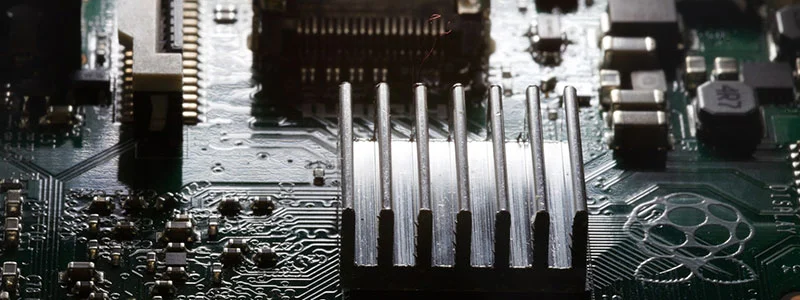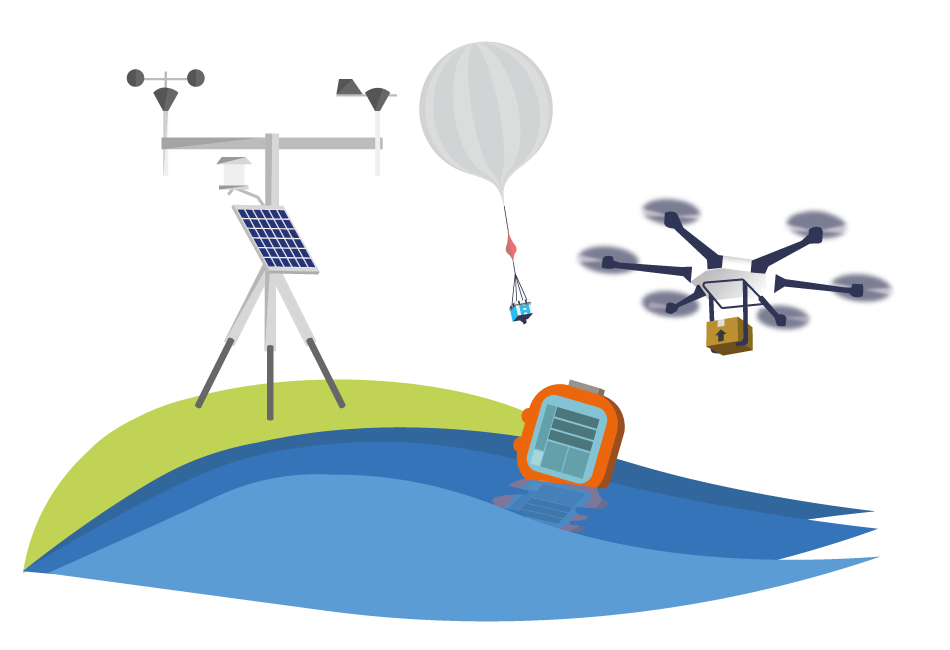
Two of the technologies that you’ll often hear about in the context of device networking are M2M (machine-to-machine) and IoT (Internet of Things). But what are they and how do they differ?
What is M2M and IoT?
In simple terms, M2M is where machines connect to each other using a network to share data, such as machines, sensors or appliances. An M2M connection is a direct, point-to-point connection between two networked devices using wired or wireless communication channels – such as ethernet and cellular networks.
M2M technology is present in our homes, offices and cars. Controlling electrical appliances like smart bulbs and connecting Bluetooth from your smartphone in your car are just two examples of M2M applications at home. Here, the smart bulbs and your smartphone are the two machines interacting with each other; likewise, your smartphone with your car.
IoT is essentially the next step. It’s an evolution of M2M that increases the things that device connectivity can achieve. It’s a network of devices – not a point-to-point connection like M2M – that exchange data over a network or “cloud” of networked devices. The technologies used by IoT devices allow users to create fast, flexible, secure networks that connect a wide variety of devices. The data can also be monitored and controlled using a platform too, allowing businesses to closely monitor their ‘things’.
“IoT is itself a subset of M2M technology. IoT involves communication between machines without any human input, making it by definition a form of M2M communication. However, IoT expands the power and potential of M2M technology in new ways.”
The biggest difference between M2M and IoT is that an M2M system uses point-to-point communication. An IoT system, meanwhile, typically places its devices within a cloud network that allows larger-scale integration and more sophisticated applications. However, there are also further distinct differences:
M2M |
IoT |
|---|---|
| Machine-to-machine direct communication | Links a number of machines together both directly and indirectly |
| Supports point-to-point communication only | Communication takes place in the cloud |
| Does not necessarily require an internet connection | An active internet connection is required |
| Mostly hardware-based | Hardware and software-based |
| Normally communicate with one device at a time | Users can access multiple devices simultaneously |
| Data delivery through mobile or fixed networks | Data delivery depends on the internet protocol (IP) network* |
(Source: Parker Engineering)
*There is nuance here. For example, a yacht race organizer tracking multiple participants’ location via satellite is a good example of IoT in action, however, location data from the yachts to the cloud service does not need to be delivered via IP. The internet is only required for data delivery once the data has landed from space.
In summary…
Both IoT and M2M technologies enable machines to exchange data autonomously and perform tasks with limited human intervention. Yet, IoT and M2M have a number of distinct differences that we’ve highlighted here, depending on connection type, application and scalability.
The two are different solutions and provide different levels of data exchange and collection. Both, however, are geared toward creating a more connected and “smart” world.
Get in touch
Complete the form, or if you prefer to speak to someone directly, call us on +44 (0) 1452 751940 (Europe, Asia, Africa) or +1.805.783.4600 (North and South America).

